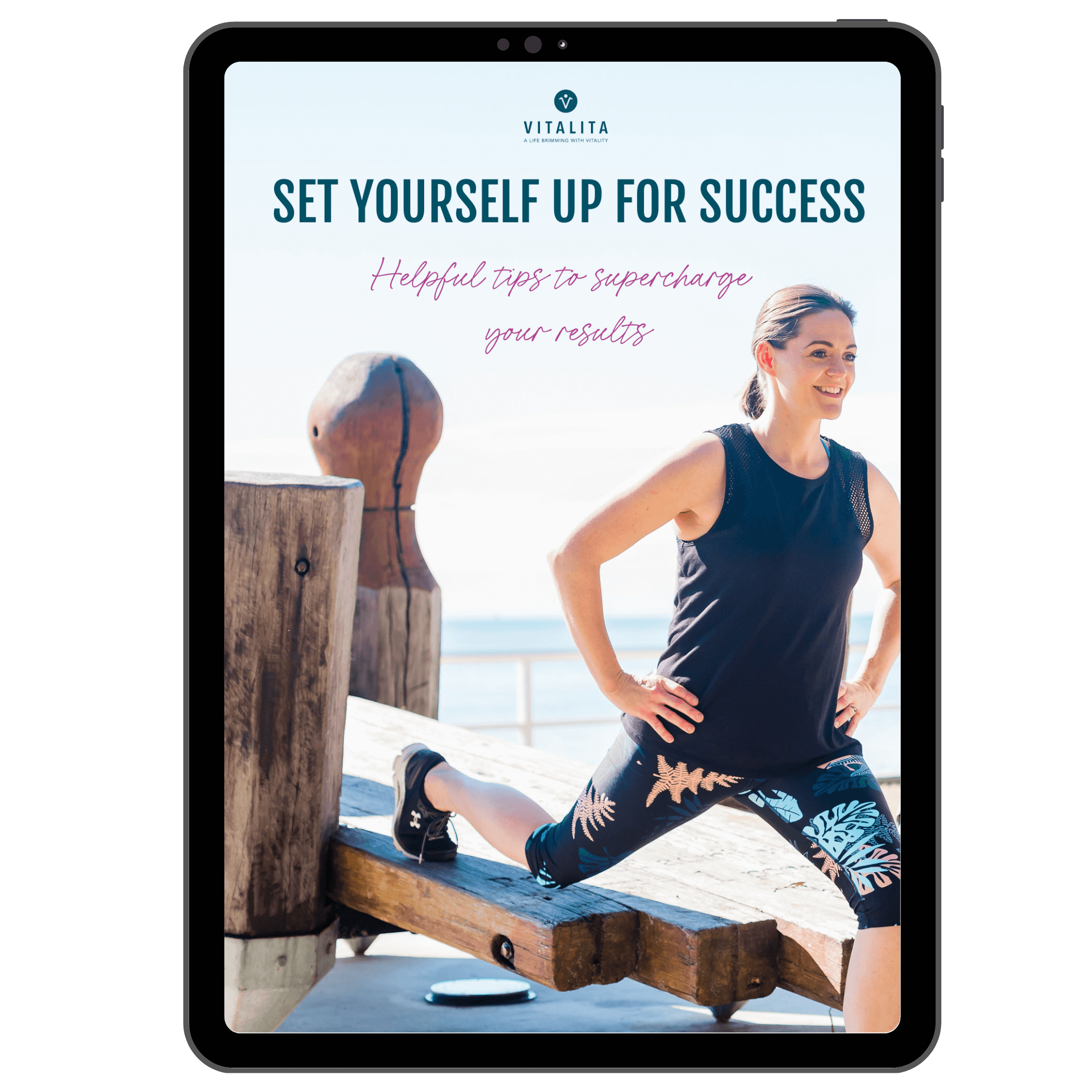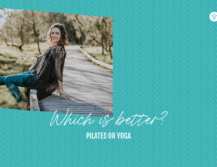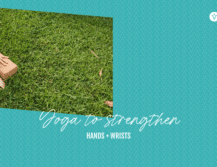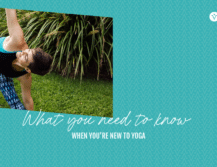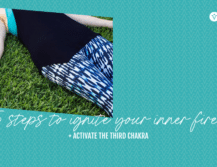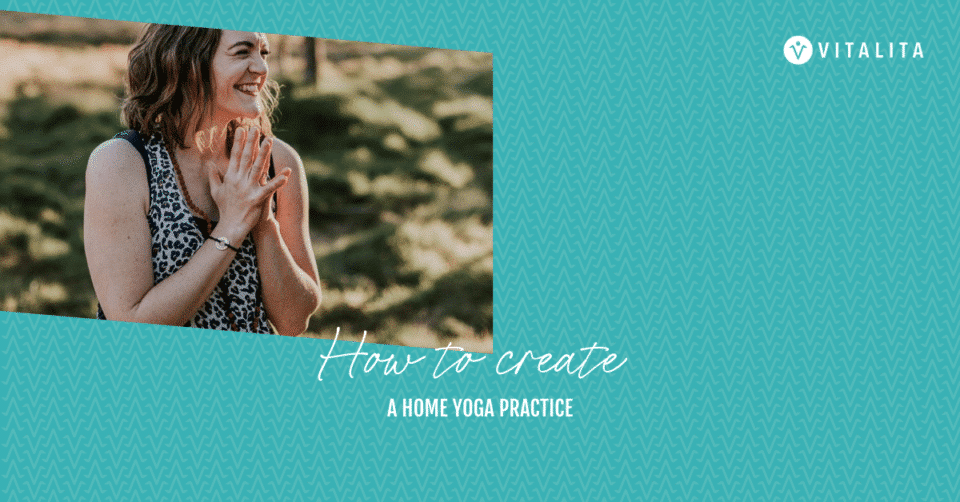
Today, most people only experience yoga in a group environment – a gym, community centre or dedicated yoga studio. While group classes are accessible, affordable, and help create a vibrant yoga community, yoga is a highly personal practice.
 Yoga at home is vastly different from a group class at your local studio
Yoga at home is vastly different from a group class at your local studio
In fact, many benefits of yoga will only be revealed to you through a consistent home practice:
- Save time and money
- Ability to customise your practise according to your mood, physical needs and energy level.
- Cultivate discipline
- Rapid development of your physical yoga practise, mindset and ability to handle stress in your day-to-day life
- Increased self awareness
Keep reading and learn how to structure and stick to your own home yoga practice.
Yoga at home needn’t be complicated or time-consuming… but it can be difficult to figure out where to start
Get started with these three steps.
STEP #1: Figure out WHY you want to practice yoga at home
Before you begin, get really clear about your reasons for establishing a home yoga practice
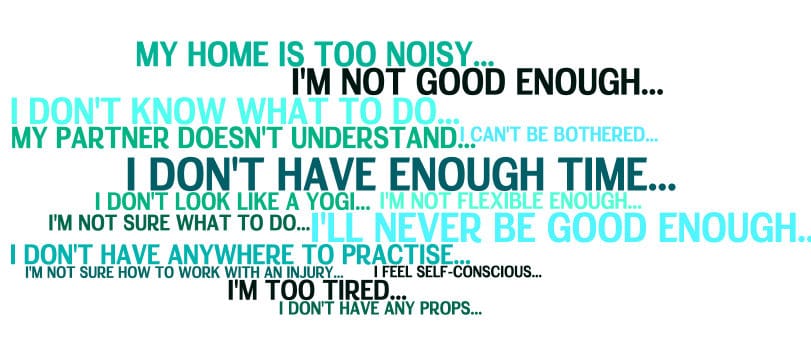 STEP #2: Identify obstacles or challenges to your home yoga practice
STEP #2: Identify obstacles or challenges to your home yoga practice
Then, just as you would when writing a corporate risk management plan, put strategies in place to prevent or mitigate the risk.
For example, if you worry about being interrupted by family, let your partner and kids know that you will be unavailable at a certain time.
Discovering how you tend to respond to inner and outer expectations may hold the key to creating a deeply rewarding and sustainable practice. If you struggle to maintain consistency and motivation, I highly recommend checking out Gretchin Rubin’s Four Tendencies framework.
Finally, STEP #3: plan your home yoga practice
Decide where, when and what you will do each time you roll out your mat.
- WHERE in your home or office will you practise? What permanent or temporary changes do you need to make to create a suitable space
- WHEN will you practise? What time of the day? How often? For how long?
- WHAT postures, breathing exercises (pranayama) and meditation techniques will you incorporate? Will you do the same thing each time?
What does my personal sadhana look like?
Like most yogis, a committed home yoga practice was my HOLY GRAIL…. alluring yet elusive. Two critical insights changed everything for me:
INSIGHT #1: Know your tendencies
A year or so ago, I was introduced to Gretchen Rubin’s Four Tendencies framework. When it comes to creating lasting habits, there’s no single approach that works for everyone. Understanding what drives you and how you tend to respond to inner and outer expectations will help you establish habits that stick.
According to the framework, my predominant tendency is obliger, which means I meet expectations set by someone else but struggle to meet those I impose on myself. Like most people in this category, when I fail to meet my inner expectations, I am really hard on myself and, as a Type-A in recovery I’ve had to learn to be compassionate with myself when I miss a day (or three…)
INSIGHT #2: You don’t need to do the same thing every day
During a meditation workshop earlier this year I was given permission to step away from rigid guidelines about what my practice ‘should’ look like. I was encouraged to tune into how I feel – physically, emotionally, mentally – on any given day and practice in a way that feels right for me in that moment.
Knowing I don’t need to do the same thing every day liberated me and made it easier for me to meet my personal expectations.
These days, my home yoga practice is a combination of group classes and workshops, interspersed with a little solo practise every day. My practice isn’t fancy or complicated and I give myself absolute freedom to change where, when and what I do each time I roll out my mat. Some days that is 10 minutes laying in silence in a restorative pose or a few minutes of spinal traction in my yoga trapeze. Other days it is an hour-long flow on the patio accompanied by upbeat tunes.
Some teachers might argue that I’m not truly committed but for me, sadhana is about doing something every day that helps me connect with a greater sense of being, purpose and truth. Asana, pranayama and meditation are just three of yoga’s eight limbs and there are ways I can practise yoga without rolling out my mat. For me, yoga is a process of unravelling and expansion. Allowing my practice to be fluid and responsive is an act of self-love which allows me to explore and deepen my connection with something greater than myself.
Chances are, your personal practice will look very different to mine
I won’t promise that it will be easy but it will be worth it and you’ll wonder why you didn’t get started sooner!
– Georgina –
